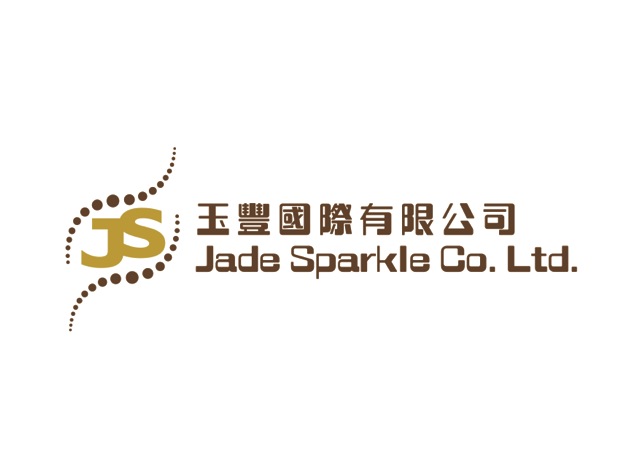Rosacea is a chronic neurovascular dermatosis that primarily affects the face, and causes central facial erythema characterized by transient or persistent flushing with small erythematous papules and telangiectasia. Some covered pustules have marked tendency to spare the periocular skin. The pathoetiology of this disorder is so far unknown, however involvement of angiogenic and sebaceous factors have been proposed in some published clinical studies.
Onset is usually between ages 30 and 50. Women are more often affected than men and rarely encounter the gross tissue and sebaceous gland hyperplasia of rhinophyma. Prominent histologic manifestations include: dermal inflammation, elastin and collagen degeneration, alterations of the cutaneous vasculature, environmental and occupational issues and involvement of solar elastosis, generally with Heliodermatosis. Microorganisms, Demodex folliculorum and Helicobacter pylori are considered but not proven. Underlying abnormality seems to be a microcirculatory irregularity of facial angular veins function. Facial blood vessels have exhibited normal response to adrenaline, histamine and acetylocholine, indicating may be the contributing or causative abnormality lies in the dermis surrounding the blood capillaries and may not be in the capillary walls.
Cellular therapy promises to be the clinical breakthrough of the millennium, with reports claiming the therapeutically beneficial potential of plant stem cells and not the plant extract incorporated hydrophilic creams. Published clinical data have shown that therapies specifically directed at alteration of the cutaneous vasculature, inhibition of angiogenesis, neutrophil chemotaxis and contributing inhibitory effect on vascular endothelial growth factor (VEGF) as well as to regulate innate immunity by complementing an increase in the endogenous antimicrobial peptides (human β-defesins and Cathelicidin) in keratinocytes have resulted in significantly beneficial and promising in the treatment for rosacea.
There are several topical and oral treatment modalities each with its own limited efficacy in suppressing the symptoms, however their effects in eliminating telangiectasia, erythema and flushing have been varied and often disappointing.
Our hypoallergenic and non-comedogenic exclusively customized green tea extract based hydrophilic cream with plant stem cells (not the plant extracts) have shown significantly responsive and encouraging results. We do not use any steroids like hydrocortisone or parabens as ingredients. This proprietary based cream formulation is available only from us. Why not give it a try with full money back guarantee.
For Rosacea images online, please CLICK HERE
Disclaimer: This information is general and should not be construed as a medical advice or endorsement. These products are not intended to diagnose, treat, cure or prevent any disease. These statements have not been evaluated by the U.S. FDA.
